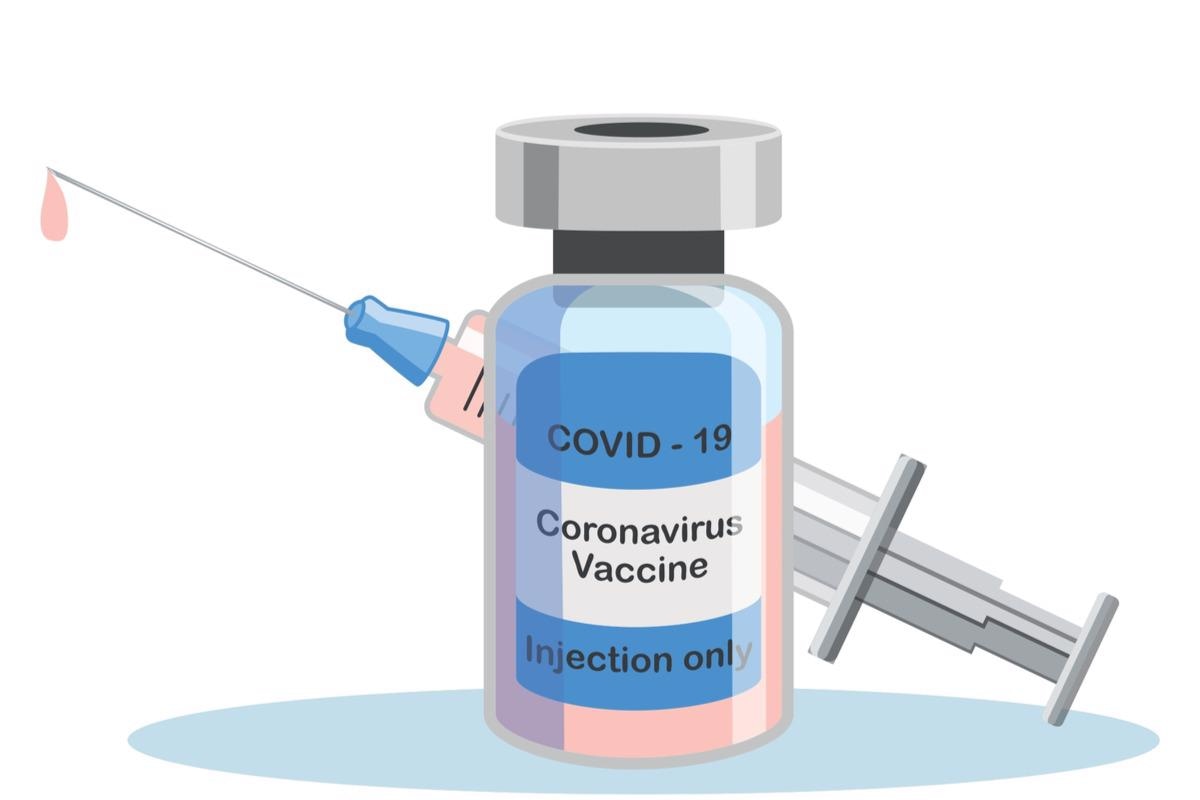In a recent edition of eBioMedicine, researchers discussed the validity of the equation derived by Khoury et al. to predict the efficacy of new coronavirus disease 2019 vaccines, which was subsequently reported by Muena et al., in a real-world setting.
 Study: Predicting the efficacy of new coronavirus vaccines – Are neutralising antibodies enough? Image Credit: Michiru13/Shutterstock
Study: Predicting the efficacy of new coronavirus vaccines – Are neutralising antibodies enough? Image Credit: Michiru13/Shutterstock
Background
Khoury et al. derived an equation to predict the efficacy of new coronavirus disease 2019 (COVID-19) vaccines using the neutralizing antibody (Nab) titer ratio between vaccinated and naturally severe acute respiratory syndrome coronavirus 2 (SARS-CoV-2)-infected individuals. They demonstrated a correlation between the mean Nab titer and vaccine efficacy against symptomatic SARS-CoV-2 infection across the seven different vaccine platforms.
The efficacy estimates of seven COVID-19 vaccines were compared to Nab responses to identify an immunological correlate of protection (CoP) across different vaccine platforms. The researchers had made former estimates during the Phase III trials and the corresponding Nab responses during phase I/II trials.
Muena et al. investigated the dynamics of the antibody responses in naturally infected individuals in Chile. They compared this data to Nab titers elicited following vaccination with the CoronaVac and BNT162b2 vaccines.
Notably, the CoronaVac vaccine is an inactivated whole virus vaccine and BNT162b2 is a messenger ribonucleic acid (mRNA)-based vaccine. The Nab titers elicited in response to both the vaccines during the vaccination campaign in Chile were compared with the efficacies predicted from these ratios using the equation derived by Khoury et al.
Muena et al. also assessed and compared the anti-nucleocapsid (anti-N) antibody responses of SARS-CoV-2-infected and convalescent individuals. In particular, they assessed Nab titers in convalescent individuals vaccinated with the CoronaVac or BNT162b2 vaccines.
Similarly, they assessed Nab titers in infection-naïve individuals who received two doses of CoronaVac or BNT162b2 vaccines to compare the difference in their Nab titers and estimate the efficacy of both the vaccines.
Results
The efficacies predicted for CoronaVac and BNT162b2 were 65.9% and 92.6%, respectively, in the Chilean population. However, using the Khoury et al. equation, Muena et al. predicted effectiveness of around 50% and 97% for CoronaVac and BNT162b2, respectively. Likewise, the Nab titer ratios for CoronaVac and BNT162b2 were 0.2 and 5.2, respectively.
In naturally SARS-CoV-2-infected individuals, Muena et al. found strong responses to the SARS-CoV-2 N antigen. However, there was little response after two doses of CoronaVac. Although CoronaVac has the whole SARS-CoV-2 virion, it appears that the N antigen is a poor stimulant for the B cell responses.
Therefore, the observed T cell responses were more pronounced following vaccination with CoronaVac than BNT162b2 in another study comparing the efficacy of two vaccines. This also explains the observed lower efficacy of CoronaVac based on Nab responses than observed in the Chilean population. Muena et al. also identified obesity as a risk factor for poor response to the CoronaVac vaccine.
Overall, the data from Muena et al. and published results of Phase III trials in Turkey and Indonesia revealed that the Khoury et al. equation underestimated the efficacy of CoronaVac.
Conclusion
In the future, more studies should examine the immunogenicity and effectiveness of different COVID-19 vaccines in a similar subset of the population. This could help validate the clinical benefits of vaccine booster doses against SARS-CoV-2 variants of concern (VOC), based on Nab responses. An additional benefit could be aiding the development of COVID-19 vaccines incorporating viral antigens from VOCs based on the Khoury et al. model.